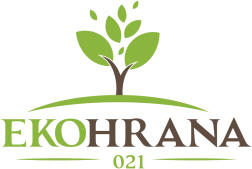
Ryegrass Annual
The plant has a powerful stem and a long leaf compared to other cereals. This makes it one of the excellent fodder crops. However, in landscape design, the use of ryegrass has great potential. The main purpose of the plant is zoning lawns. The efficiency of delimitation of zones is increased due to the high density of herbage – if the seeding rates are observed, ryegrass grows almost as a solid wall. The annual form of ryegrass is undemanding to temperature.
Well tolerated plants and abundant watering. After mowing, ryegrass grows back quickly. The root system is fibrous, lies at an average depth in the ground and is quite dense, which can be used to form a strong turf that does not sag when excessive moisture is present. Annual ryegrass is sown in late April or early May.
